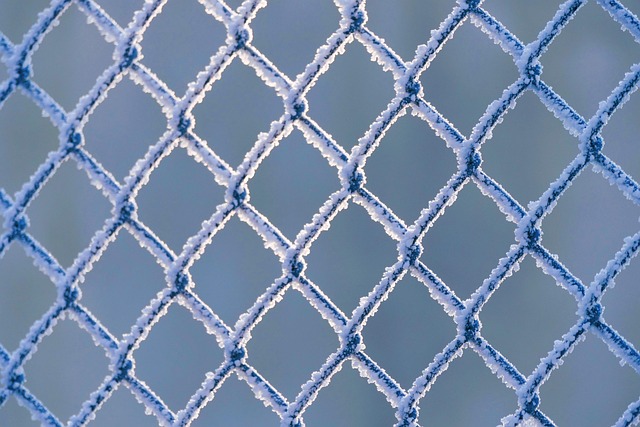In coastal regions, where harsh weather conditions prevail, durable wooden fencing offers an attractive and long-lasting solution. This article explores why investing in robust wood fences is essential for protecting your property along the coast. We’ll guide you through selecting the ideal wood types, provide installation tips tailored to coastal environments, offer maintenance advice to ensure longevity, and highlight the environmental advantages of these sustainable barriers.
- Why Durable Wood Fences for Coastal Areas?
- Choosing the Right Types of Wood
- Installation Considerations for Coastlines
- Maintenance Tips to Keep Your Fence Strong
- Environmental Benefits and Longevity
Why Durable Wood Fences for Coastal Areas?
In coastal areas, where harsh weather conditions and salt air pose unique challenges, durable wooden fencing offers a robust and aesthetically pleasing solution. Traditional wood fences often struggle to withstand the relentless impact of wind, rain, and saltwater, leading to frequent replacements or significant maintenance. However, with advancements in wood treatment technologies, durable wood fences have emerged as a superior alternative.
These specialized fences are crafted from treated timber that is highly resistant to rot, decay, and insect infestation, ensuring their longevity even in challenging coastal environments. The use of durable wood not only provides a long-lasting barrier but also adds character and natural beauty to any property. Its ability to withstand harsh weather conditions makes it an excellent investment for homeowners and businesses seeking low-maintenance, visually appealing, and robust fencing solutions along coastlines.
Choosing the Right Types of Wood
When selecting wood for coastal fencing, it’s crucial to choose varieties naturally resistant to moisture and salt corrosion. Softwoods like cedar and redwood are popular choices due to their inherent water-repellent properties. These woods have a natural protective barrier that makes them durable against the harsh marine environment.
Additionally, looking for treated or engineered wood products can further enhance their longevity. Treated lumber is often infused with preservatives that offer better resistance against rot and insects, ensuring your fencing remains strong even in coastal conditions. Engineered woods, such as composite panels, provide an excellent alternative to traditional timber, offering superior durability and a low-maintenance option for your fencing project.
Installation Considerations for Coastlines
When installing durable wooden fencing in coastal areas, several unique considerations come into play. The harsh marine environment can accelerate wood decay and corrosion, so choosing the right materials is paramount. Treated, weather-resistant timber species like cedar or teak are ideal for their natural resistance to rot and insects. Additionally, using a water-repellent finish can further protect the fence from moisture absorption, extending its lifespan significantly.
The location of the fence also demands careful thought. In coastal regions, wind patterns and salt mist can be formidable forces. Ensure that the installation accounts for these factors by considering factors such as anchor systems that can withstand strong winds, proper drainage to prevent water pooling at the base, and strategic placement to minimize direct exposure to salty air. Regular maintenance, including reapplication of protective coatings, will further contribute to the longevity of the coastal fencing.
Maintenance Tips to Keep Your Fence Strong
To maintain your durable wooden fence in coastal areas, regular cleaning and inspection are key. Remove any salt buildup or algae growth by using a soft brush and mild detergent. Regularly check for loose or damaged boards, nail heads, and hardware to ensure everything is secure. Repaint or restain the fence as needed to protect against moisture and UV damage.
Avoid using pressure washers, which can strip the finish and cause excess wear. Keep the area around the fence clear of debris to prevent accidents and allow for proper drainage. Schedule annual maintenance checks with a professional to assess any potential issues and ensure your fence remains strong and sturdy for years to come.
Environmental Benefits and Longevity
Durable wooden fencing offers significant environmental benefits for coastal areas. Unlike synthetic materials, wood is a renewable resource that absorbs carbon dioxide during its growth, contributing to improved air quality and reduced greenhouse gas emissions. Furthermore, properly maintained wooden fences can last for decades, outperforming their synthetic counterparts. This longevity translates into less frequent replacements, reducing construction waste and the demand for new materials.
The resilience of durable wooden fencing is particularly advantageous in coastal environments subject to harsh weather conditions. Treated wood varieties are resistant to rot, mold, and insect damage, ensuring the fence remains strong and stable against relentless wind, rain, and saltwater exposure. This durability not only saves homeowners from frequent repairs but also minimizes the environmental impact associated with manufacturing and disposing of new fencing materials.
